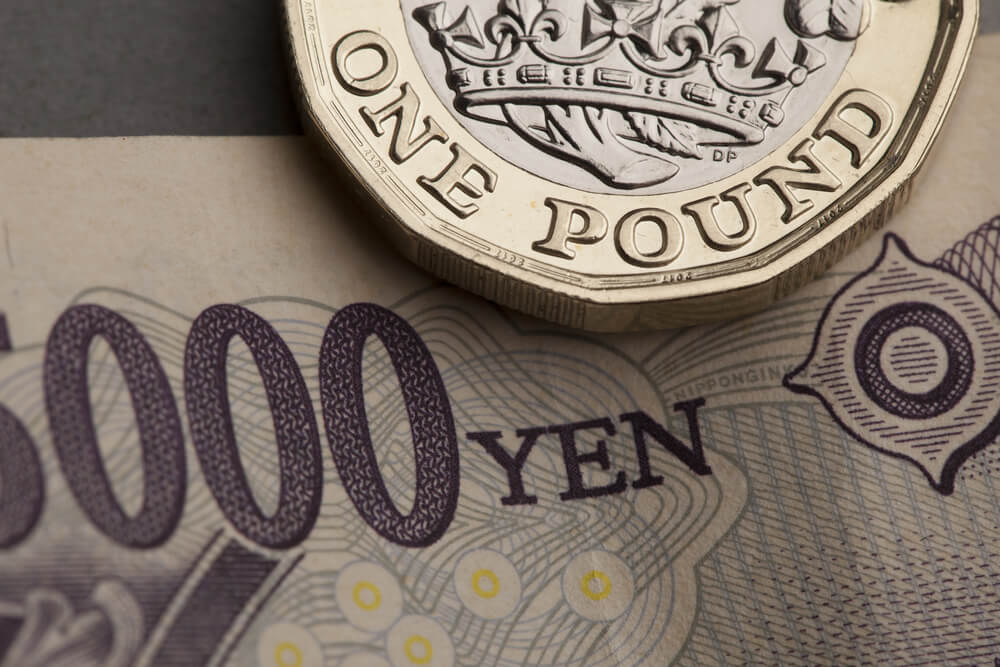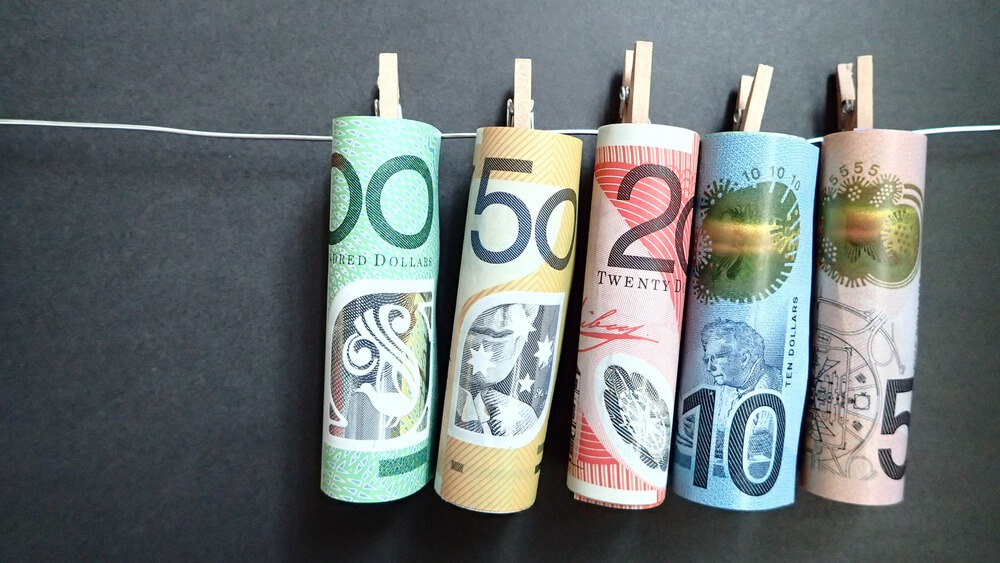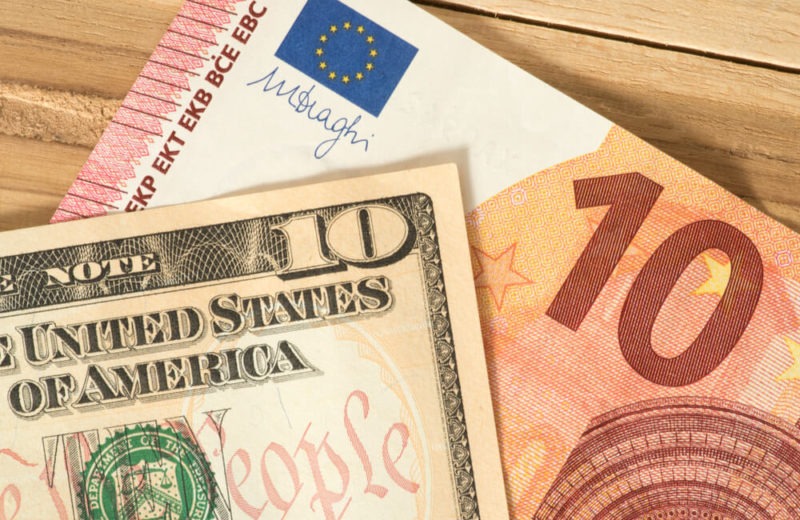On Wednesday, June 9, the Kiwi Dollar fell 0.45% at 0.7194 while the U.S. dollar slightly increased 0.1% at 90.093.
The New Zealand currency subsided as traders are waiting for the release of the Manufacturing Sales for the first quarter.
The indicator showed a little increase of 0.5% in the fourth quarter last year.
Meanwhile, the greenback stayed to its marginal gains, however, volatility was limited among traders.
It is because they await the upcoming U.S. inflation data as well as the European Central Bank meeting for hints regarding the future central bank policy.
Elsewhere, the Australia and New Zealand Business Confidence Index progressed 7.0 points last May. This comes after a fall of 8.4 last April.
Since the global economic condition is improving, analysts want the export-reliant economy to gather steam in the second half of 2021.
Later on Wednesday, ANZ Business Confidence will be having another strong release and this might give a lift on the Kiwi currency.
Since major economies are resuming as covid rates fall, there has been speculation that central banks may respond by tightening their policies.
Last week, the Reserve Bank of New Zealand (RBNZ) surprised the markets as it signaled a potential rate increase in the second half of 2022.
Based on analysts’ forecasts, if the RBNZ carries on in sending a hawkish message to the markets, investors should expect that the New Zealand currency will rise.
This week’s key event is the Consumer Price Index (CPI) print that was released last Thursday.
In April, the U.S. inflation smashed to a 13-year high which shook up the financial markets.
The surge in inflation caused a notion that the Fed might consider tapering its massive stimulus program.
Other Currency Update
For currency update, the EUR/USD traded higher by 0.1% at 1.2178 while USD/JPY remained flat at 109.47.
Meanwhile, AUD/USD plummeted at 0.7739, in contrast, GBP/USD climbed at 1.4158.
In addition, the pair of USD/CNY fell by 0.1% to 6.3953.
Earlier on Wednesday, China’s factory-gate prices increased in May to its highest level since 2008.
It was driven by a surge in commodity prices which increased 9.0% year-on-year in May.
This is a considerable hop from the 6.8% growth during the previous month.
Consequently, consumer prices also advanced for the third consecutive month as it rose 1.3 year-on-year in May.
This is a leap from the 0.9% gains during the previous month. As a result of this, the Chinese yuan is experiencing a boost.
Lastly, the USD/CAD collapsed 0.1% to 1.2106 as the Canadian economy is on its way towards a full recovery.














